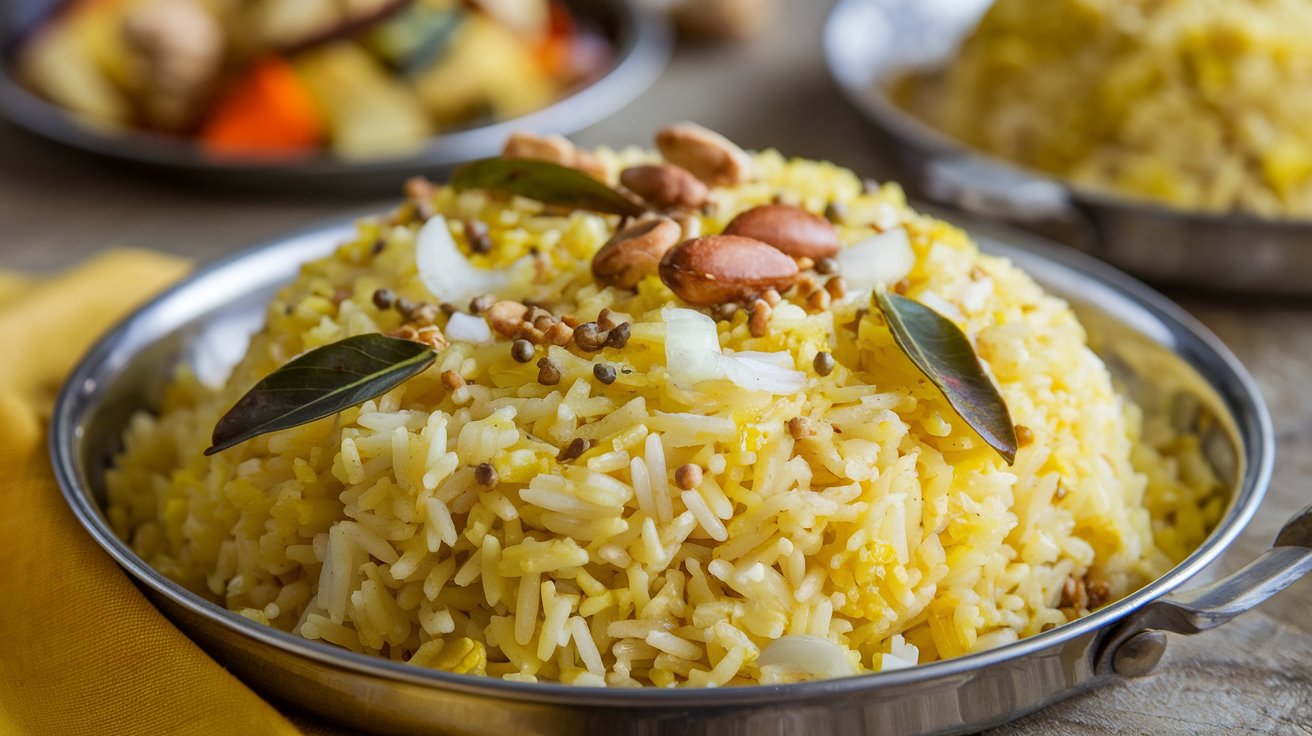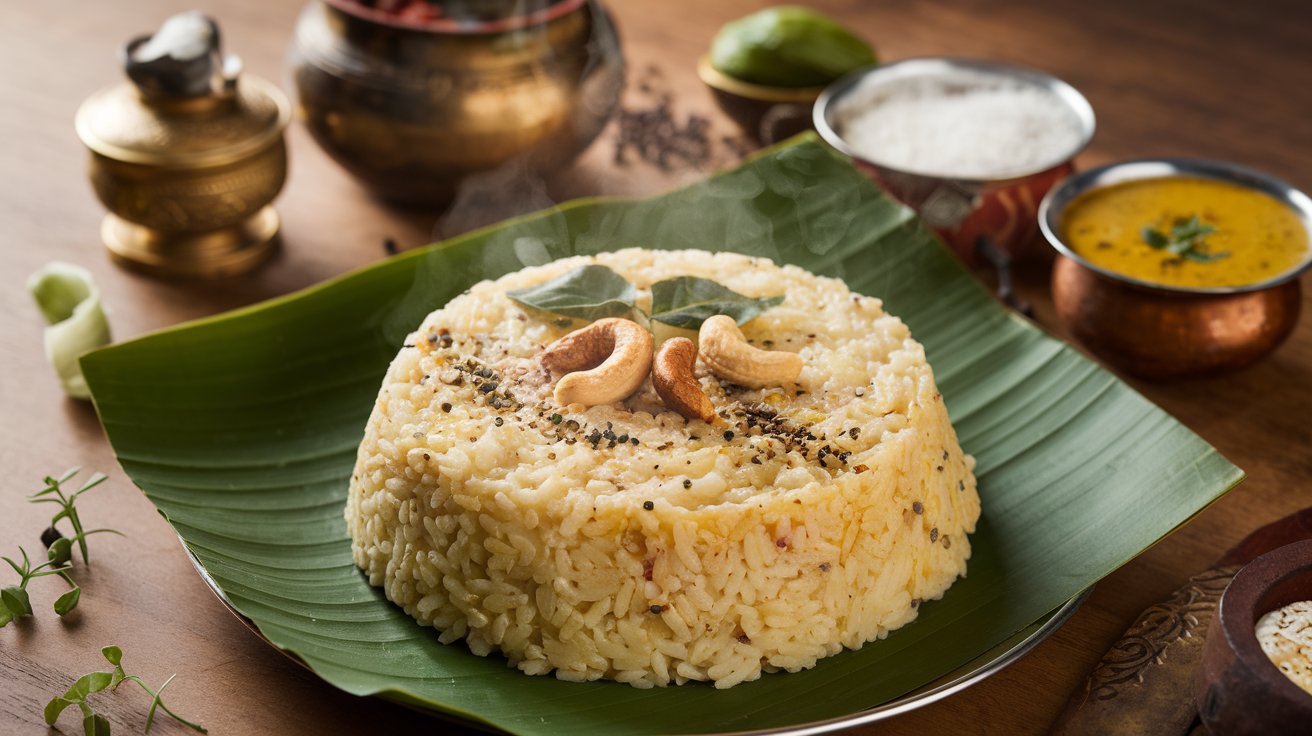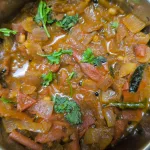

Join the Newsletter
Dive into quick, nutritious recipes, expert health tips, local food finds, and the latest in nutrition. Let’s explore healthier living together!
“Are You Getting Enough Fiber? Discover the Best Foods to Add Now!”
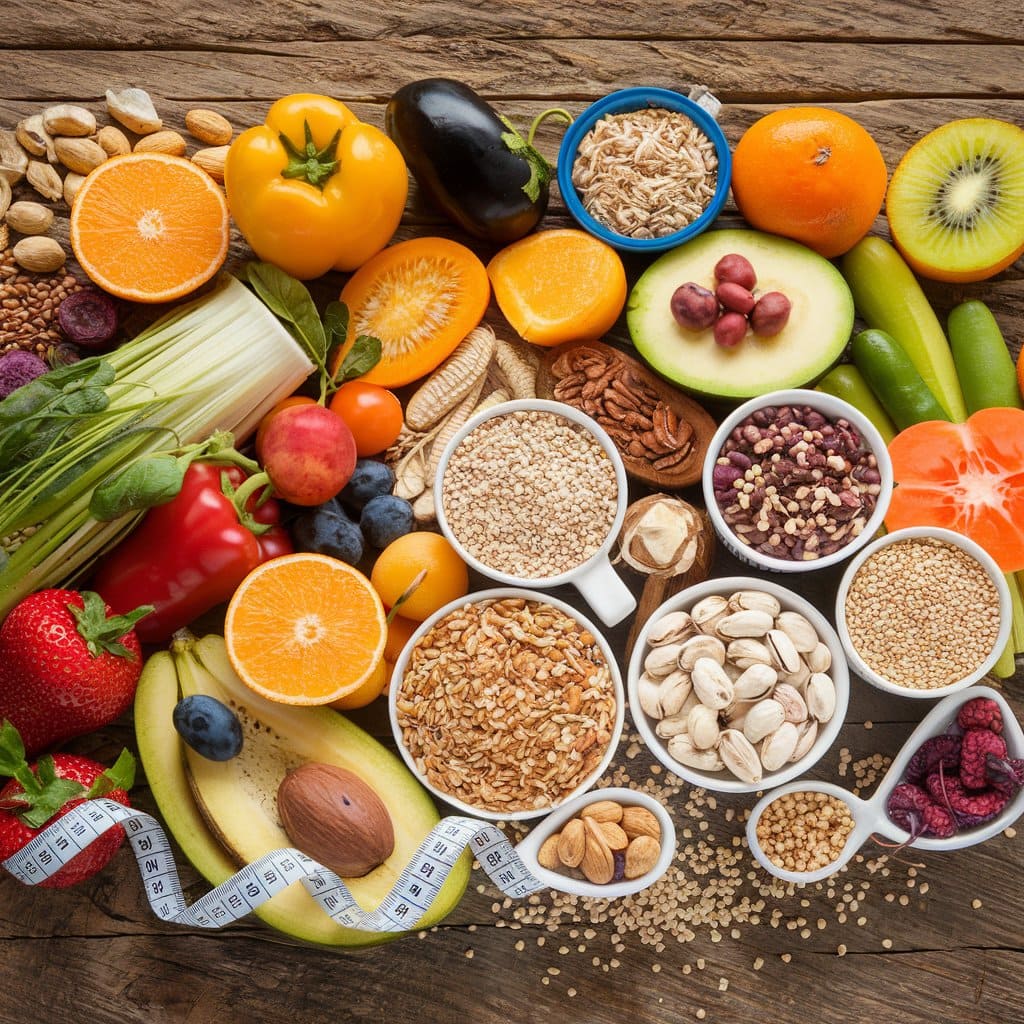
Affiliate Disclosure
Before reading this post, please be aware that some links in this article are affiliate links. This means that if you click on one of these links and make a purchase, we may earn a commission at no additional cost to you. We only promote products and services that we believe will be beneficial to our readers.
For more information, please read our full Affiliate Disclosure.
Introduction
Are you getting enough fiber in your diet? If not, you could be missing out on a crucial element for maintaining your health. Fiber isn’t just another diet trend; it’s a fundamental component of a well-rounded diet that can have a significant impact on your overall well-being. In this article, we’ll delve into the importance of fiber rich foods, how much you should be consuming, and which foods are the best sources of fiber.

Understanding the Role of Fiber in Nutrition
Fiber plays a critical role in keeping our bodies running smoothly. While it’s commonly associated with digestion, its benefits extend far beyond that. Whether it’s aiding in weight management or supporting heart health, fiber is essential for a balanced diet.
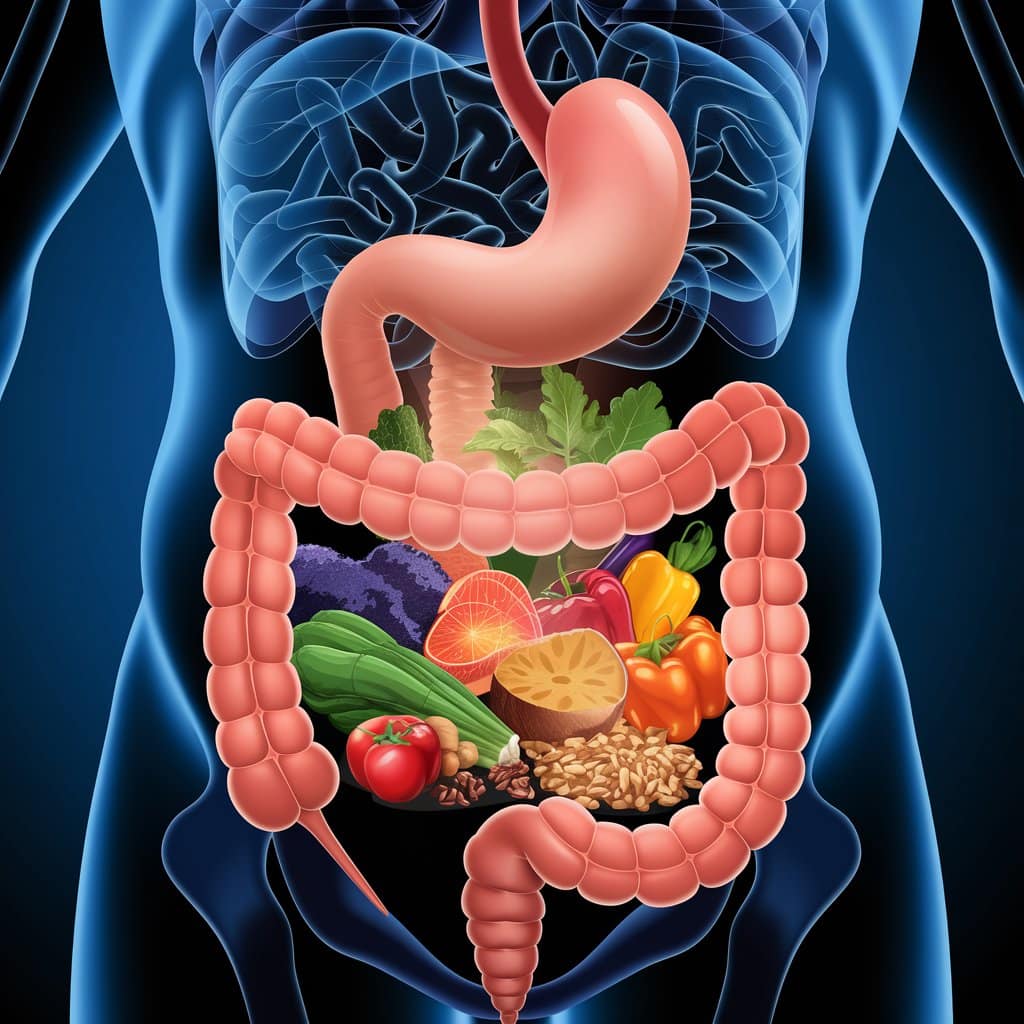
What Exactly is Dietary Fiber?
Dietary fiber is the part of plant-based foods that our bodies cannot digest or absorb. Unlike fats, proteins, and carbohydrates, which are broken down and absorbed by the body, fiber passes through the digestive system relatively intact, providing a range of health benefits along the way.
Different Types of Fiber: Soluble and Insoluble
- Soluble Fiber: It may assist in lowering blood sugar levels and decreasing cholesterol.
- Insoluble Fiber: In contrast to soluble fiber, insoluble fiber remains undissolved when mixed with water.Instead, it adds bulk to the stool, helping food move more efficiently through the digestive system, which helps prevent constipation.
Recommended Daily Fiber Intake
The daily recommended intake of fiber is about 25 grams for women and 38 grams for men. However, many people fall short of these guidelines. Incorporating more fiber into your diet can provide numerous health benefits, but it’s important to increase your intake gradually to avoid potential digestive discomfort.
Why a Fiber-Rich Diet is Essential
Understanding the importance of fiber is the first step to improving your health. Let’s explore the specific benefits of incorporating more fiber-rich foods into your daily diet.
Promoting Digestive Wellness
A widely recognized advantage of fiber is its role in supporting optimal digestive health.
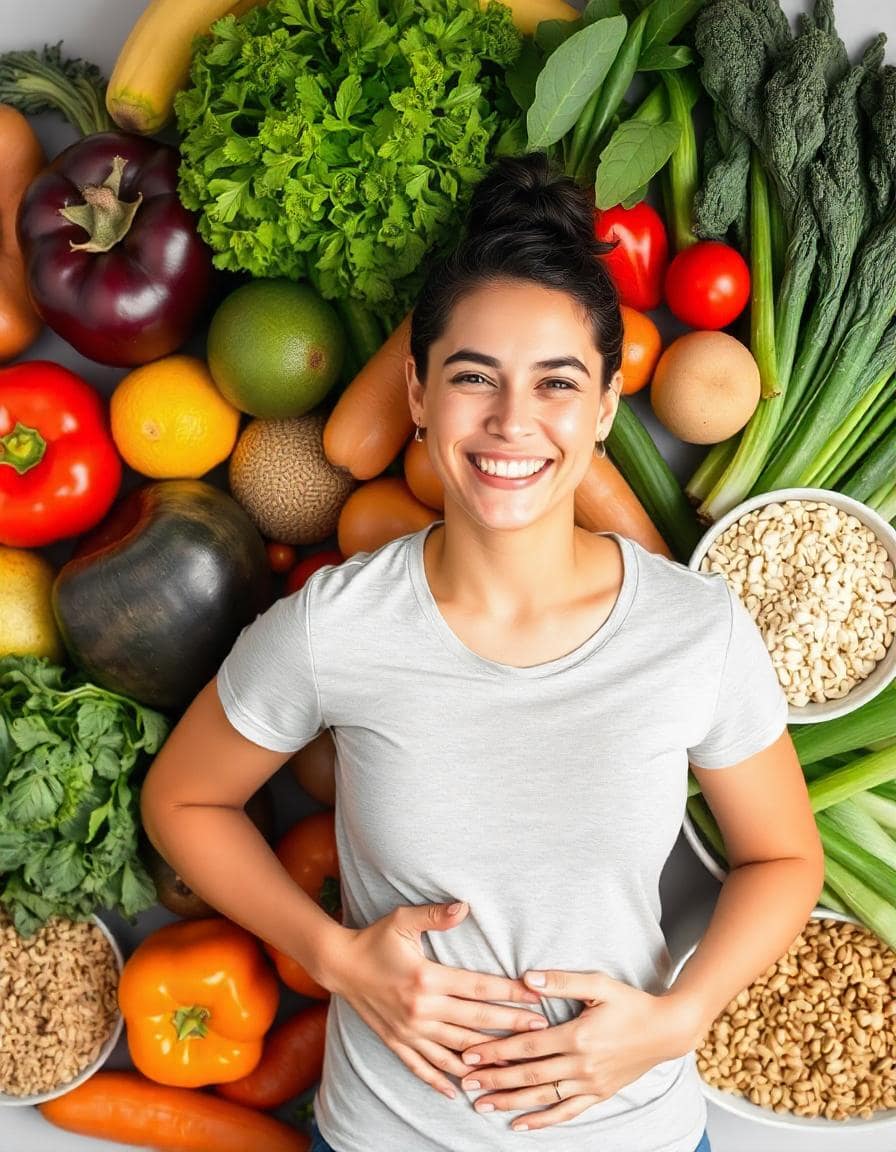
Combatting Constipation
Fiber adds bulk to your stool, which helps it pass more easily through the intestines, reducing the risk of constipation.
Enhancing Gut Health
Fiber functions as a prebiotic, nourishing the beneficial bacteria in your digestive system. A healthy gut microbiome is associated with better digestion, a stronger immune system, and even improved mental health.
Managing Your Weight
Fiber can also be a valuable ally in weight management.
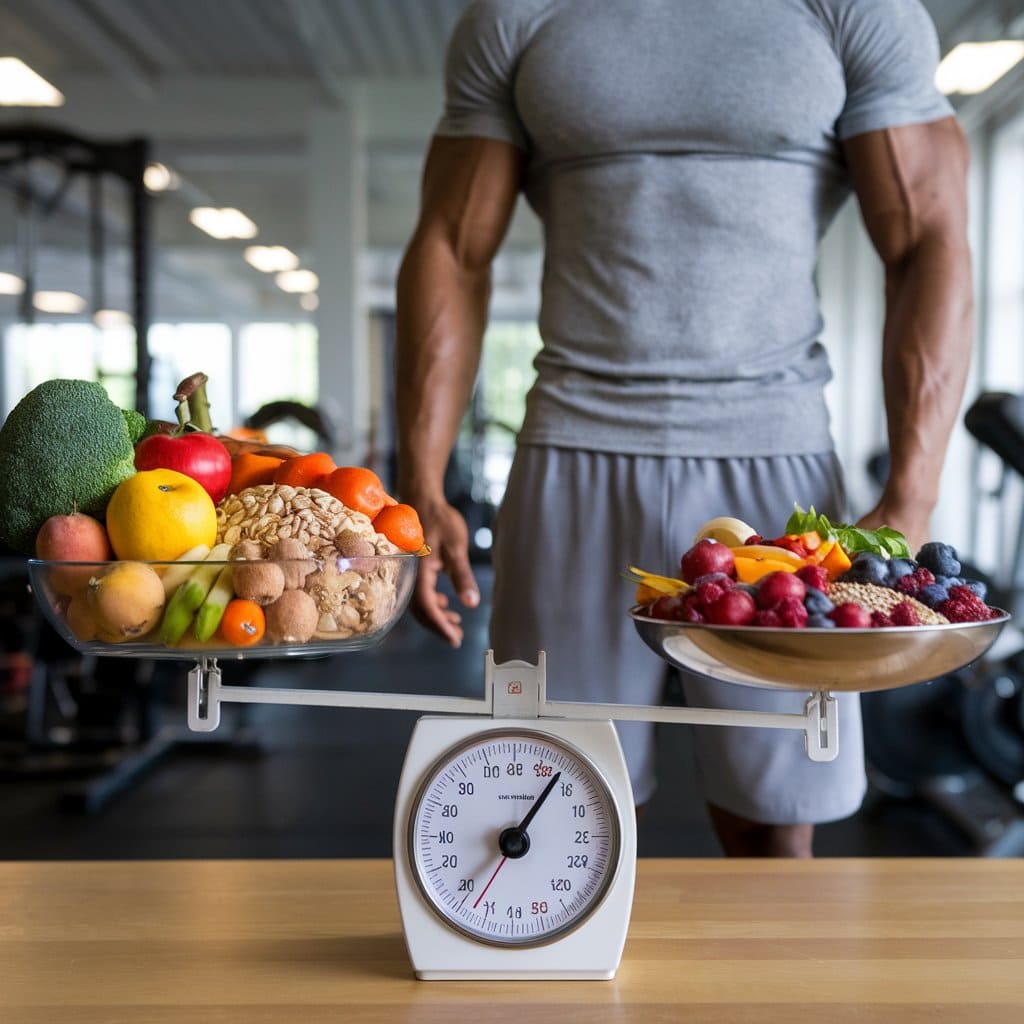
Prolonging Satiety
High-fiber foods take longer to chew and digest, which helps you feel fuller for longer periods. This can lead to a reduction in overall calorie consumption, making it easier to manage your weight.
Lowering Caloric Intake
Since fiber-rich foods are typically lower in calories but higher in volume, they allow you to eat more while consuming fewer calories overall.
Supporting Cardiovascular Health
A high-fiber diet is also beneficial for your heart.
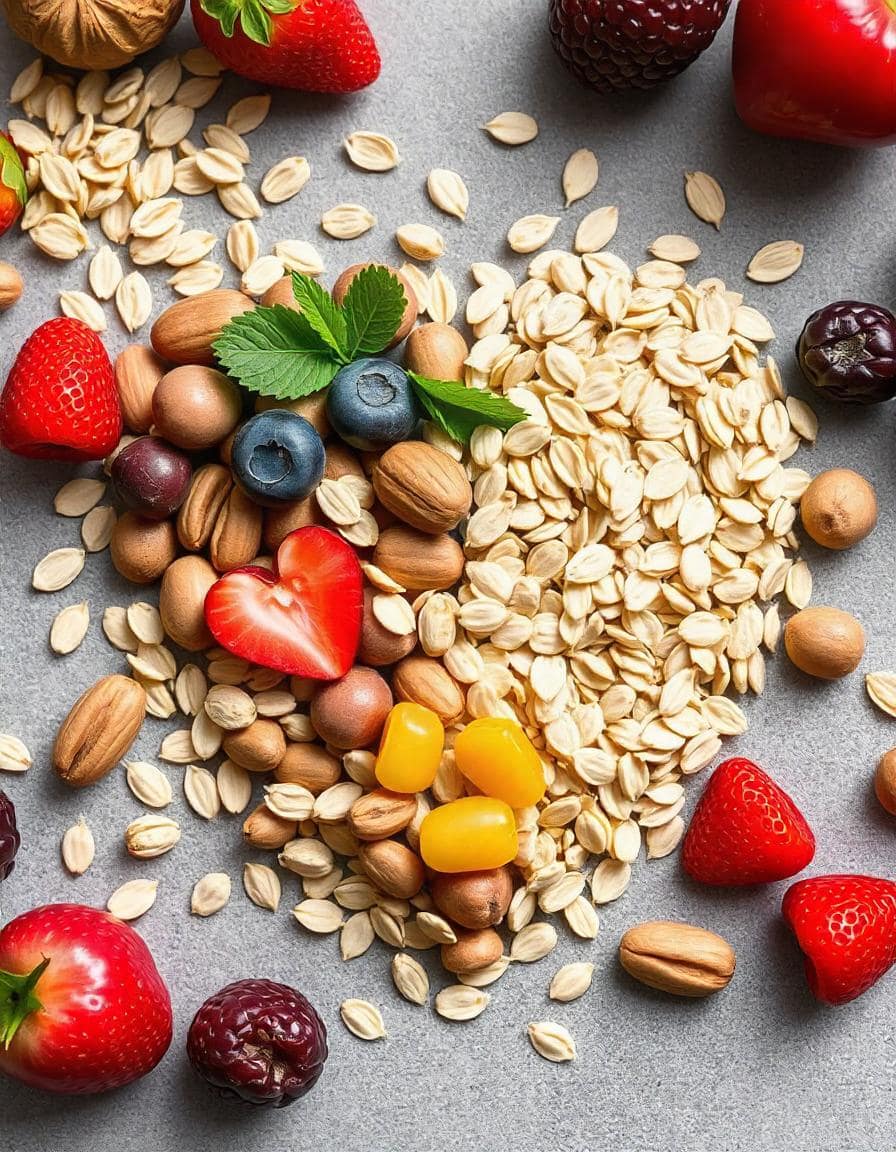
Reducing Cholesterol
Soluble fiber, in particular, has been shown to help lower LDL (bad) cholesterol levels by binding to cholesterol in the digestive system and helping to remove it from the body.
Lowering Blood Pressure
High-fiber diets have been linked to lower blood pressure, which can reduce your risk of developing heart disease.
Regulating Blood Sugar
Fiber is particularly important for people who have or are at risk of developing diabetes.
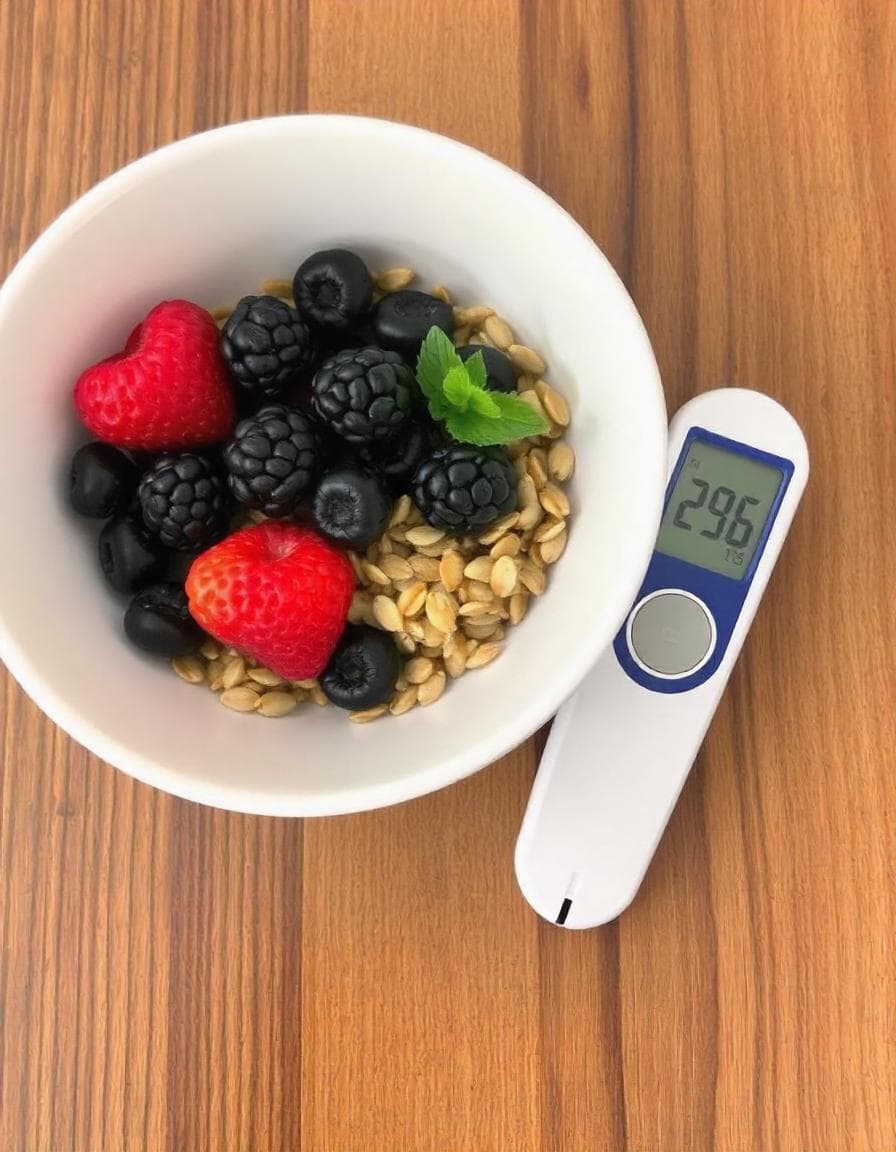
Balancing Blood Glucose
Fiber slows the absorption of sugar, which can help stabilize blood glucose levels and prevent spikes after meals.
Reducing the Risk of Type 2 Diabetes
A diet high in fiber has been associated with a lower risk of developing type 2 diabetes, making it an essential component of a healthy diet.
Must-Have Fiber-Rich Foods
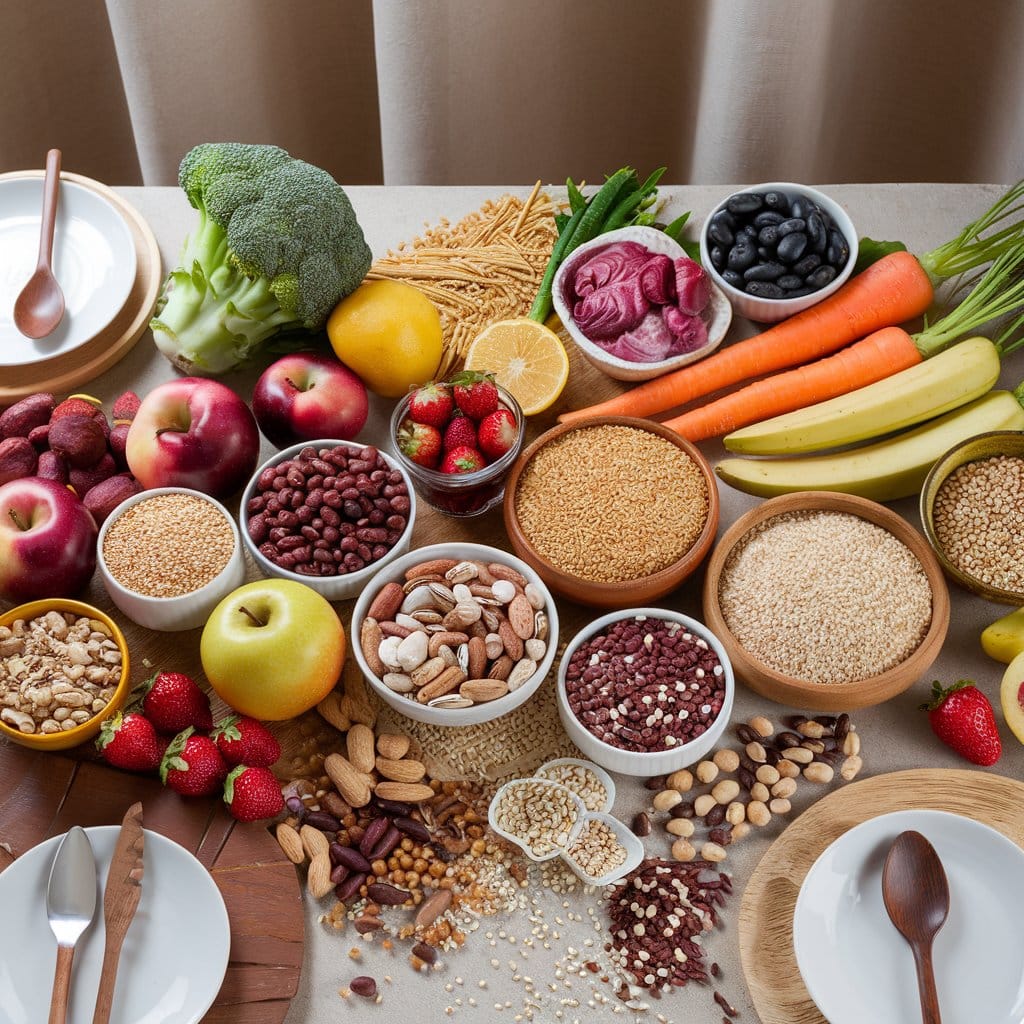
Incorporating additional fiber into your diet can be straightforward and easy. Here are some of the best fiber-rich foods that you can start incorporating into your meals today.
Fruits
Fruits are a delicious and convenient way to increase your fiber intake.
Berry Varieties
Berries such as raspberries, blackberries, and strawberries are packed with fiber and antioxidants, making them an excellent choice for a snack or breakfast topping.
Apples and Pears
These fruits are not only convenient to eat but also provide a good mix of soluble and insoluble fiber.
Avocado
Avocado is a nutrient-dense food that provides both healthy fats and a generous amount of fiber.
Vegetables
Vegetables are an essential part of any high-fiber diet. They are versatile and can be added to a wide range of dishes.
Leafy Greens
Spinach, kale, and other leafy greens are excellent sources of fiber, vitamins, and minerals.
Root Vegetables
Carrots, beets, and other root vegetables are rich in fiber and can add natural sweetness to your meals.
Broccoli
Broccoli is a fiber-rich cruciferous vegetable that is also loaded with vitamins and cancer-fighting compounds.
Whole Grains
Whole grains are an excellent source of fiber and should be a staple in your diet.
Oats
Starting your day with oats is an easy way to ensure you’re getting enough fiber right from the beginning.
Quinoa
Quinoa is an ancient grain that is not only high in fiber but also a great source of protein, making it a versatile addition to any meal.
Brown Rice
Compared to white rice, brown rice is a whole grain that offers more fiber and nutrients.
Legumes
Legumes are among the best sources of fiber and can be used in a variety of dishes.
Lentils
Lentils are a nutritional powerhouse, offering a significant amount of fiber and protein in every serving.
Chickpeas
Chickpeas are versatile and can be used in salads, soups, or turned into hummus for a healthy snack.
Various Beans
Beans, including black beans, kidney beans, and navy beans, are incredibly high in fiber and can be incorporated into many different recipes.
Nuts and Seeds
Nuts and seeds are another great way to add more fiber to your diet.
Chia Seeds
Chia seeds are incredibly high in fiber and can be easily added to smoothies, yogurt, or oatmeal.
Flaxseeds
Flaxseeds are another excellent source of fiber and omega-3 fatty acids, making them a heart-healthy addition to your diet.
Almonds and Walnuts
Almonds and walnuts are not only high in fiber but also packed with healthy fats and protein, making them an ideal snack.
Simple Methods to Increase Fiber Rich Foods in Your Diet
Incorporating more fiber into your diet doesn’t have to be challenging. Here are some simple tips to help you increase your fiber intake effortlessly.
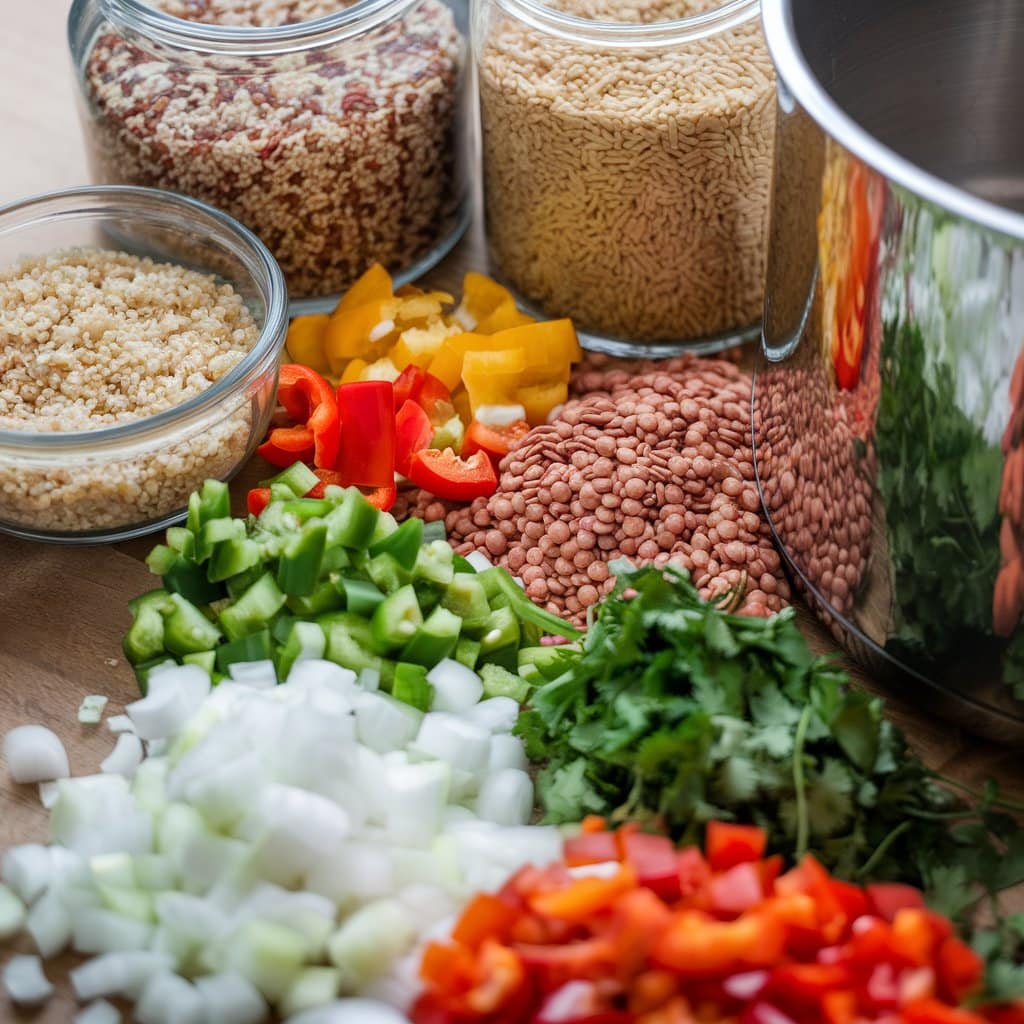
Begin Your Day with a Fiber-Rich Breakfast
Starting your morning with a fiber-rich breakfast, such as oatmeal, whole-grain toast, or a smoothie with added seeds, can set you up for a day of healthy eating.
Snack on High-Fiber Foods
Instead of reaching for processed snacks, opt for fiber-rich options like fruits, vegetables, nuts, or whole-grain crackers.
Swap Refined Grains for Whole Grains
Whenever possible, choose whole grains like brown rice, whole-wheat bread, and quinoa over their refined counterparts.
Incorporate Vegetables into Every Meal
Make it a habit to add at least one serving of vegetables to every meal. You can do this by adding a side salad, stirring leafy greens into soups, or mixing vegetables into your main dishes.
Make Legumes a Regular Part of Your Diet
Try to include legumes like lentils, beans, and chickpeas in your meals at least a few times a week. They can be incorporated into salads, soups, or serve as a foundation for vegetarian meals.
Stay Hydrated to Assist Fiber in Its Role
Ensuring adequate water consumption is crucial when boosting your fiber intake. Water helps fiber move through the digestive system and can prevent discomfort.
Be Aware of Potential Side Effects of Increased Fiber Intake
While increasing your fiber intake has many benefits, it’s important to do so gradually to avoid potential side effects.
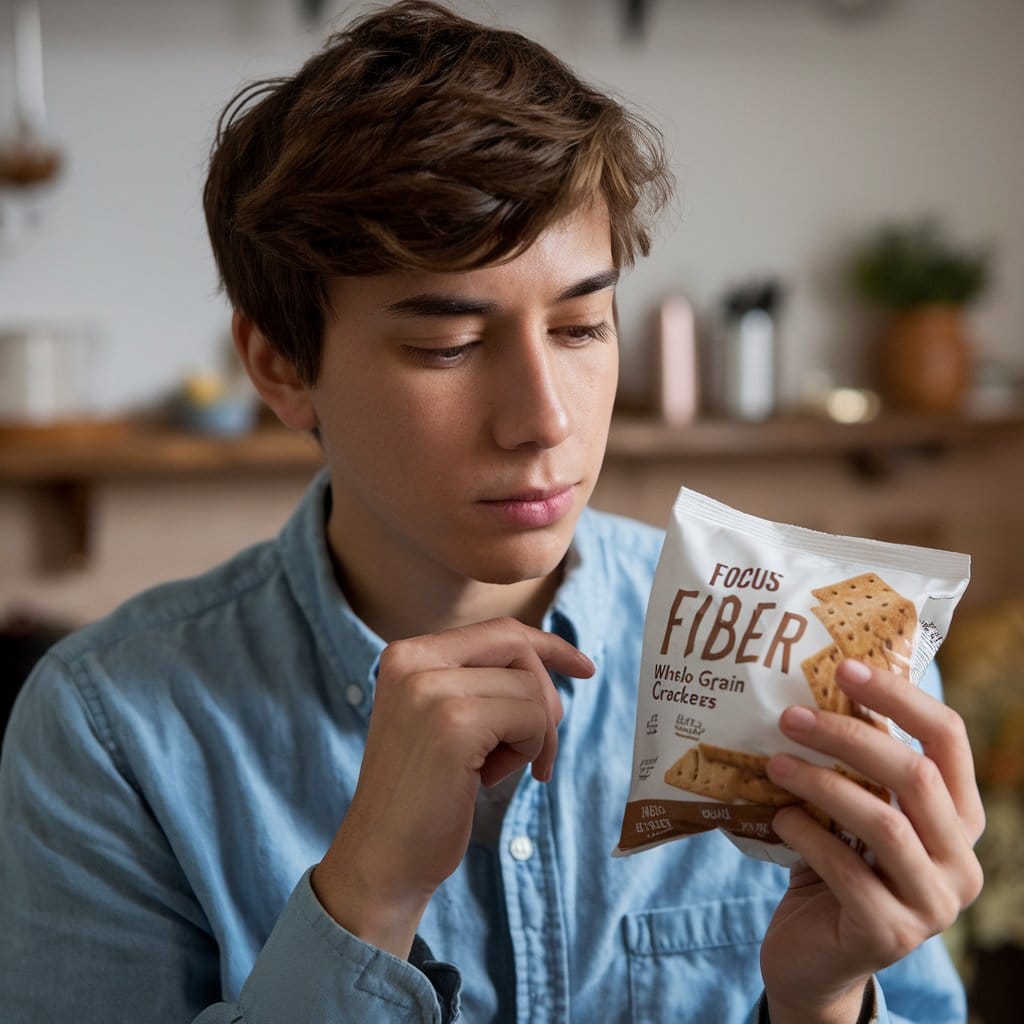
Gas and Bloating
Suddenly adding too much fiber to your diet can lead to gas and bloating. To avoid this, start slowly and give your body time to adjust.
Gradually Increase Fiber to Avoid Discomfort
Gradually increasing your fiber intake over a period of weeks can help prevent digestive discomfort and allow your body to adapt to the change.
Conclusion

Incorporating more fiber into your diet is one of the easiest and most effective ways to improve your health. From better digestion to heart health and weight management, fiber plays a crucial role in your overall well-being. By adding a variety of fiber-rich foods to your daily meals and making small adjustments to your diet, you can ensure that you’re getting enough fiber to reap these benefits.
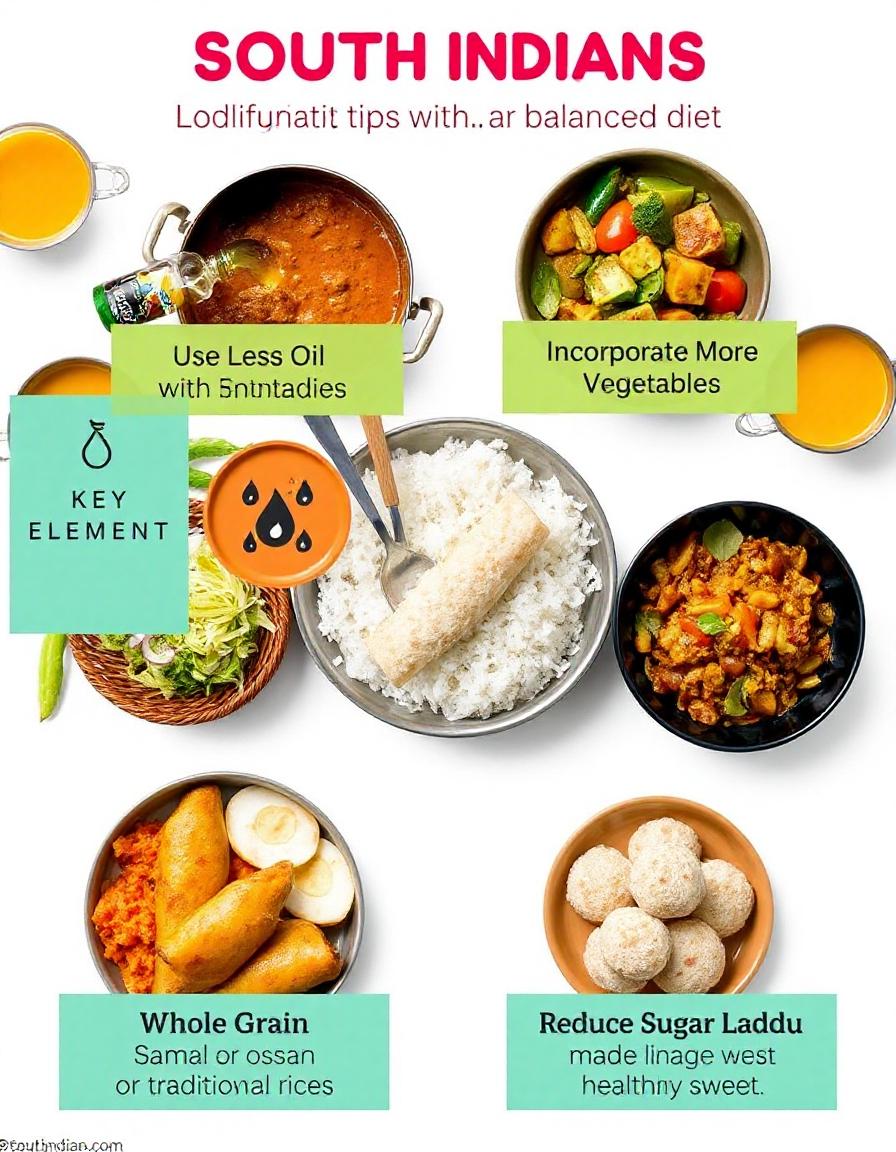
Don’t miss out! Read this post to get all the details on How to Modify South Indian Dishes for a Balanced Diet!
FAQs
What is the recommended daily fiber intake?
The recommended daily intake is about 25 grams for women and 38 grams for men.
Is it okay to use fiber supplements instead of eating fiber-rich foods?
While fiber supplements can help, it’s best to get your fiber from whole foods to benefit from the additional nutrients and antioxidants they provide.
What are some simple ways to boost my fiber intake?
You can easily increase your fiber intake by starting your day with a high-fiber breakfast, snacking on fruits and nuts, and choosing whole grains over refined grains.
Are there any potential drawbacks to consuming excessive amounts of fiber?
While a high-fiber diet is generally safe, suddenly eating too much fiber can cause gas, bloating, and other digestive discomforts. It’s important to increase your fiber intake gradually.
How can I know if I’m getting enough fiber?
If you’re eating a variety of fiber-rich foods and experiencing regular bowel movements, feeling full after meals, and maintaining stable blood sugar levels, you’re likely getting enough fiber.

Welcome to Merge Blog!
Dive into quick, nutritious recipes, expert health tips, local food finds, and the latest in nutrition. Let’s explore healthier living together!

I’m Divya Bharathi, the person behind MergeBlog. I’m a passionate food enthusiast sharing simple, nutritious recipes and tips for a balanced lifestyle. Join me on this delicious journey!
Divya Bharathi
SUBSCRIBE & FOLLOW
MUST-READ ARTICLES
Join the Newsletter
Dive into quick, nutritious recipes, expert health tips, local food finds, and the latest in nutrition. Let’s explore healthier living together!
